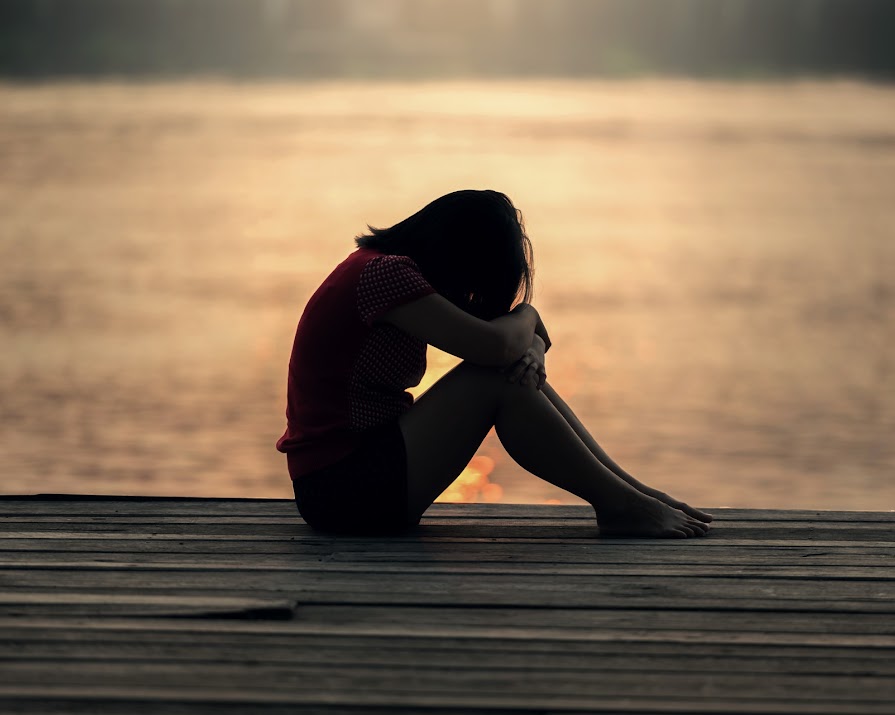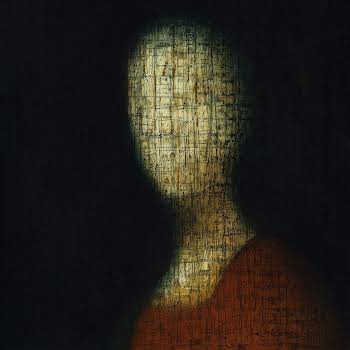
Feeling the winter blues? 5 tips on how to cope with Seasonal Affective Disorder (SAD)
By IMAGE
30th Oct 2020
30th Oct 2020
Seasonal Affective Disorder (SAD)
A mental health professional from MyMind shares some tips on how to keep your head up during these long dark months
When you ask most people what their favourite time of the year is, winter is never a popular answer. It’s cold, you have to wrap up and by December it feels like you’re almost in eternal night time. Unless you are a vampire, it is a proven fact that constant lack of sunlight is good for no one. Our bodies physically need vitamin D to survive and thrive. Some people will struggle with this shift in the seasons more than others and will notice the symptoms of moderate to severe depression. This is known as Seasonal Affective Disorder or SAD.
SAD affects an estimated one in 15 people from September to April and will get particularly bad from December to February. Women are twice as likely to be affected by SAD according to studies. The actual concrete cause of SAD is unknown, however, there is a definite link to the lack of light we take in in winter.
The science behind Seasonal Affective Disorder
In winter, we go through a change in our circadian rhythms due to the shorter days and longer nights. There is a chemical in our brains called melatonin that fluctuates with exposure to light. It is located in the hypothalamus, which is an area of the brain associated with the regulation of mood, appetite and energy. Interestingly, SAD causes increased fatigue, moodiness, withdrawal from social activity, difficulty concentrating, and weight gain due to an increased appetite, or even loss of appetite amongst other various symptoms. So whether it can be said for sure that the long winter nights are the direct cause of SAD or not, the ‘winter blues’ are still most certainly a thing that isn’t going away anytime soon.
The symptoms of SAD can be quite debilitating and can cause massive disruption to people’s lives. Is it any wonder that data taken from 500 employers, showing their employee absence management systems, have proven November to be the worst month for ‘pulling a sickie’? No one likes having to make that phone call to their manager early in the morning to tell them they won’t be making it in today. There’s simply no way to go about it that isn’t a little bit awkward. With the nights getting longer and colder by the day, here are some tips from a MyMind therapist to help get through Seasonal Affective Disorder so hopefully if you need to call in sick, it will just be with the flu.
1 Be outdoors
Increasing your natural vitamin D intake can really help decrease symptoms of SAD. With this in mind, getting some extra sunshine and being outdoors as much as possible can help in a number of ways. First of all, there is a physiological response to being outdoors. Secondly, there is a social understanding of the merit of outdoor activity which will increase feelings of self-worth. Finally, there is a distraction element to the cognitive understanding of SAD: essentially, you can try to trick yourself into understanding that you can be outdoors just as much in winter as in summer. Cold-water swimming is a great way to reset your internal anxiety button, even if you can’t get the sunshine that your body craves.
2 Look at your nutrition and lifestyle
If you are craving high carb and fat content food, there’s every chance that this is what your body needs at this point. Try not to beat yourself up because your body cleverly wants some additional padding on cold days. Winter fat is natural in the animal world and indulging this to a degree within ourselves can allow us a deeper understanding of the natural rhythm of the seasons and our bodies’ part in coping with the changing weather and daylight.
3 Give yourself a break
Social anxiety and pressures from holidays and family events are heightened at this time of year. A small dose of SAD can be greatly exacerbated by these difficulties. Dividing out what is SAD and what is a more generalised anxiety caused by the social pressures of this time of year is a worthwhile exercise for each of us.
4 Maintain connections
Know who the people are in your life that can hear you, understand you and be there when you are feeling low. Spending time with someone from this category can really help with symptoms of SAD. The people who likely will help you most are those that don’t seek to change you or your emotional disposition. Rather, they will be the ones that can accommodate negative emotions rather than seek to improve them.
5 Deal with underlying issues
As with any wobble to your mental health, it is easy to focus solely on the issue at hand. For example, if you know that you are affected by SAD, it’s easy to say that this is the only current issue affecting your mental health. However, deeper pieces of work may need to be done to improve your overall emotional disposition. Early attachment wounds, trauma regulating systems, or maladaptive coping structures can all present with symptoms similar to those of SAD. This might be the time to look at where and how you learned the systems and structures that hold your mental state in place. This work is neither season-specific nor short-term. It is, however, highly worthwhile and extremely valuable to a healthy, happy life.
MyMind provides affordable counselling and psychotherapy online or face-to-face in their Dublin, Cork and Limerick centres in over 15 languages. Visit MyMind.org to book an appointment or call (+353) 76 680 1060.























